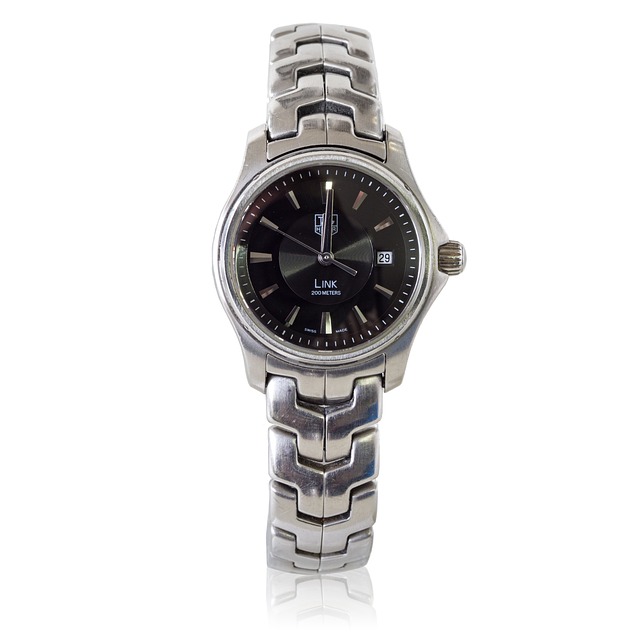In Manchester, skin tags are common but unsightly growths that can be removed through various methods. Traditional approaches like cutting or burning are effective but painful and scar-prone. Modern alternatives, such as cryotherapy (freezing with liquid nitrogen) and laser treatments, offer non-invasive, faster recovery options with lower scarring risk. Cryotherapy is popular for its quick treatment times and temporary side effects, while laser treatments excel in precision targeting. Topical creams provide a conventional, affordable solution but vary in effectiveness. Understanding these Manchester Skin Tag Removal methods allows individuals to choose based on their preferences and skin type.
Looking for effective Manchester skin tag removal? This guide explores the options, focusing on cryotherapy versus other methods. First, let’s understand skin tags and their causes. Then, discover traditional approaches and delve into cryotherapy – a freezing technique gaining popularity. Finally, we’ll compare cryotherapy to other popular Manchester skin tag removal options, helping you make an informed decision for smooth, tag-free skin.
- Understanding Skin Tags and Their Removal Methods
- Traditional Approaches to Skin Tag Disposition
- Cryotherapy: A Deep Dive into the Freezing Technique
- Comparing Cryotherapy with Other Popular Skin Tag Removal Options in Manchester
Understanding Skin Tags and Their Removal Methods
Skin tags, also known as acrochordons, are small, soft skin growths that typically appear on the neck, armpits, or groin area. They are usually harmless and often go unnoticed, but some individuals may find them unsightly or uncomfortable. Understanding the various removal methods available is essential for anyone considering getting rid of skin tags, especially when exploring options like Manchester Skin Tag Removal.
Traditional methods include cutting or burning off the tags, which can be painful and carry a risk of scarring. Modern alternatives, such as cryotherapy (freezing), are becoming increasingly popular due to their non-invasive nature and relatively quick recovery time. This method involves applying liquid nitrogen to freeze and destroy the skin tag, reducing the need for surgical intervention. For those seeking effective Manchester Skin Tag Removal, exploring these options can lead to successful results with minimal downtime.
Traditional Approaches to Skin Tag Disposition
Skin tags have been a nuisance for many, leading to various traditional approaches to their removal. Before exploring modern methods like cryotherapy, individuals in Manchester and beyond often turned to surgical excision or burning off skin tags with liquid nitrogen. These techniques, though effective, come with their own set of risks and side effects. Surgical excision may leave scars, while burning can result in temporary pain and pigmentation changes.
Additionally, topical creams containing chemicals like salicylic acid or lactic acid were popular choices for at-home skin tag removal. While these over-the-counter options are relatively safe, they often require consistent application over an extended period to see results. This process can be time-consuming and may not be as precise as other methods, leading many to seek more advanced solutions like cryotherapy for a more efficient and less invasive approach to Manchester skin tag removal.
Cryotherapy: A Deep Dive into the Freezing Technique
Cryotherapy, also known as cryosurgery, is a non-surgical skin tag removal technique that involves freezing the targeted tags with liquid nitrogen. This method has gained popularity in Manchester Skin Tag Removal clinics due to its minimal invasiveness and effective results. The process starts with a topical numbing agent to ensure patient comfort. Then, a small needle or probe is used to apply the liquid nitrogen directly onto the skin tag, causing it to freeze and die. Over time, the frozen skin tag shrinks and falls off, leaving behind smooth, healthy skin.
Compared to other methods like lancing or burning, cryotherapy offers several advantages. It’s a quick procedure, typically taking just minutes for each skin tag, and has a relatively low risk of scarring or bleeding. Moreover, it can be used on various types of skin tags, including large or numerous ones. While there might be some temporary redness or swelling afterward, these side effects are usually mild and subside quickly. This method is particularly appealing to those seeking a quick, non-invasive solution for skin tag removal in Manchester.
Comparing Cryotherapy with Other Popular Skin Tag Removal Options in Manchester
In Manchester, exploring effective skin tag removal options is a common concern. Cryotherapy stands out as one of the most sought-after methods, but it’s crucial to understand its position in comparison to other popular techniques. Laser treatments, for instance, have gained significant traction for their precision and ability to target specific skin tags without affecting surrounding areas. This makes laser therapy an appealing choice, especially for individuals with numerous skin tags or those seeking a more permanent solution.
On the other hand, topical creams and over-the-counter remedies offer a more conventional approach. These options are readily available and relatively affordable but may not be as effective for everyone. The success rate varies based on ingredients like salicylic acid or dermatological treatments, which can take longer to show results compared to cryotherapy or laser procedures. When considering Manchester skin tag removal, understanding these variations helps individuals make informed decisions tailored to their needs and preferences.
When considering Manchester skin tag removal options, cryotherapy stands out as a safe and effective method. Compared to traditional approaches and other modern techniques, it offers precision, minimal downtime, and reduced risk of scarring. While each method has its merits, cryotherapy’s ability to freeze and destroy skin tags with cold nitrogen makes it a top choice for many seeking swift and permanent results without invasive procedures.
